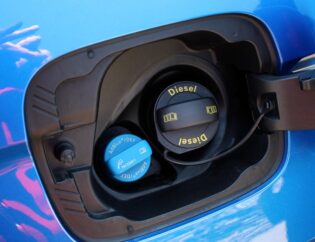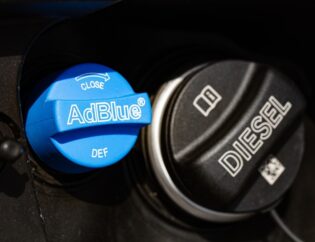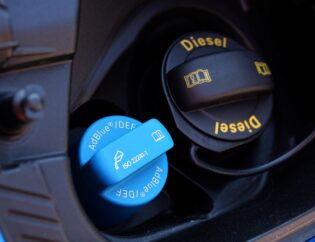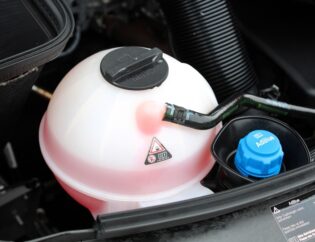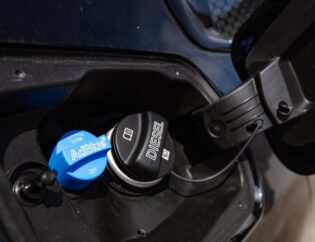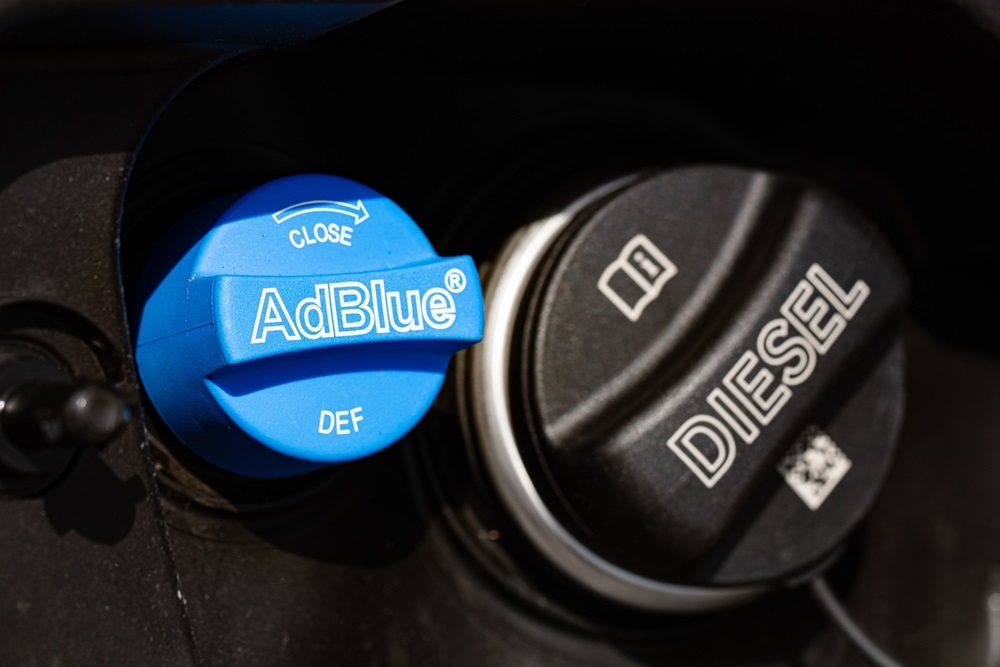
Contents
- 1 What is AdBlue, and Why Do Diesel Cars Need It?
- 2 How to Know When Your Diesel Car Needs an AdBlue Top-Up
- 3 Where is the AdBlue Tank Located in Diesel Cars?
- 4 Step-by-Step Guide to Topping Up AdBlue in Diesel Cars
- 5 How Much AdBlue Does a Diesel Car Need?
- 6 Tips to Extend the Life of Your AdBlue
- 7 Storing AdBlue Safely
- 8 FAQs
- 9 Conclusion
What is AdBlue, and Why Do Diesel Cars Need It?
Before delving into how to top up AdBlue, it’s important to understand what AdBlue is and its role in diesel cars.
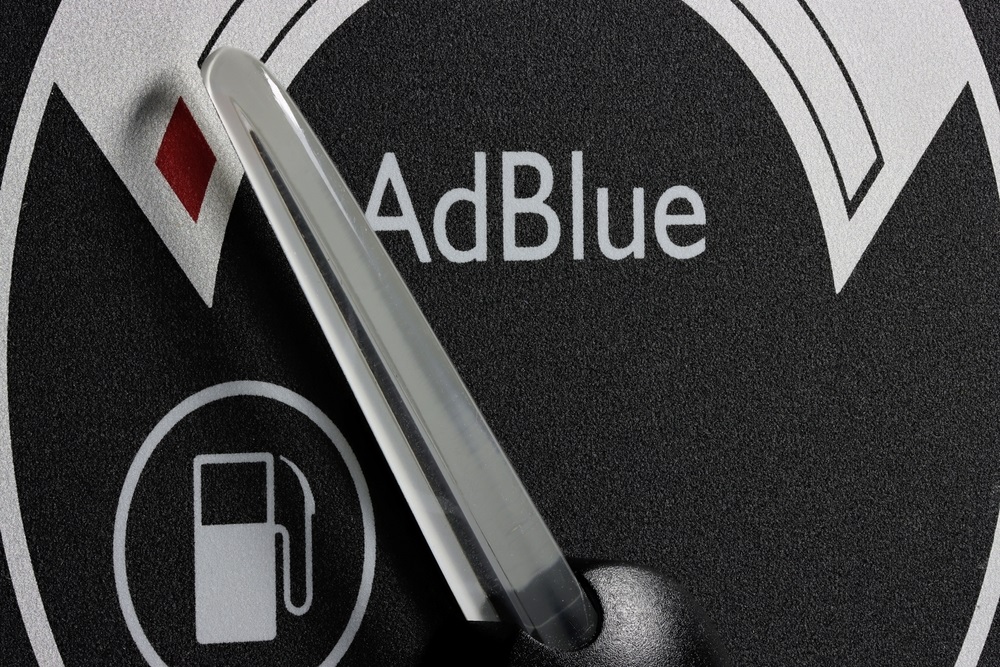
AdBlue is a liquid solution composed of urea and deionized water. It is injected into the exhaust system of diesel cars to reduce nitrogen oxide (NOx) emissions, a major contributor to air pollution. The solution works with Selective Catalytic Reduction (SCR) technology, transforming harmful emissions into nitrogen and water vapor, both harmless to the environment.
AdBlue is vital for keeping diesel cars compliant with stringent emissions regulations, especially in countries enforcing Euro 6 standards. Without it, your vehicle could suffer from reduced engine performance, and you might face fines for excessive emissions.
The Importance of AdBlue for Diesel Engines
AdBlue not only helps reduce emissions but also ensures that your diesel engine operates efficiently. A vehicle running low on AdBlue can experience decreased fuel economy and eventually, it might not start at all. It’s crucial to maintain adequate levels of AdBlue to avoid such problems and costly repairs.
How to Know When Your Diesel Car Needs an AdBlue Top-Up
Modern diesel cars equipped with SCR systems will alert you when it’s time to top up AdBlue. Typically, you’ll see a dashboard warning light or message indicating that the AdBlue level is low. Manufacturers often provide a warning several miles before the tank is empty, giving you ample time to refill.
Here’s a general breakdown of what you can expect from your vehicle’s AdBlue alerts:
- First Warning: The dashboard light will notify you that the AdBlue level is low. This usually happens when you have about 1,500-2,500 miles left until the AdBlue runs out.
- Second Warning: A more urgent message appears when you’re nearing the end of your AdBlue reserves. At this point, the vehicle may limit performance if not topped up soon.
- Final Warning: If you ignore the previous warnings, your vehicle may refuse to start until AdBlue is refilled.
Can You Drive Without AdBlue?
Driving without AdBlue is not advisable. Most diesel vehicles will enter limp mode or restrict engine performance if you run out. Some may not restart after switching off, leading to serious inconvenience. Always ensure your AdBlue levels are adequate to avoid these issues.
Where is the AdBlue Tank Located in Diesel Cars?
In most diesel cars, the AdBlue tank is located near the fuel filler cap or in the trunk. It may also be positioned under the hood. Manufacturers typically mark the cap with a blue color or the word “AdBlue” for easy identification.
Common Locations of the AdBlue Filler Cap
- Next to the fuel cap – In many vehicles, you’ll find the AdBlue filler next to the diesel fuel cap for convenience.
- Under the trunk mat – Some vehicles have the AdBlue tank in the trunk, under a removable mat.
- Under the bonnet (hood) – In certain models, the AdBlue tank is under the engine bonnet, similar to other vehicle fluids like coolant or washer fluid.
Step-by-Step Guide to Topping Up AdBlue in Diesel Cars
Topping up AdBlue is a simple process, but it’s essential to follow the right steps to avoid spills and ensure effective use.

Here’s how to do it:
Step 1: Check Your AdBlue Level
Before topping up, check your current AdBlue level. Some vehicles display the amount left on the dashboard, while others simply show a warning when the level is low. If you can’t find the level in the car’s information menu, refer to your vehicle’s manual for guidance.
Step 2: Locate the AdBlue Filler Cap
Find the AdBlue filler cap in your vehicle, which could be located near the fuel cap, under the hood, or in the trunk. It is usually marked clearly with the word “AdBlue” or a blue cap.
Step 3: Purchase AdBlue from a Reputable Source
It’s important to purchase high-quality AdBlue from reputable sources to ensure that your SCR system functions properly. Avoid low-quality solutions that could damage your vehicle’s system. Trusted brands, such as Azure Chemical, offer reliable AdBlue that meets automotive standards.
Step 4: Pour the AdBlue into the Tank
Once you’ve located the AdBlue filler cap, unscrew it and carefully pour the AdBlue into the tank. Be cautious not to spill the solution as it can damage your vehicle’s paintwork. Most AdBlue containers come with a special spout to minimize spills.
Step 5: Monitor Your Vehicle’s Dashboard
After refilling, start your vehicle and check if the AdBlue warning light has turned off. It may take a few minutes for the system to recognize the top-up. If the light remains on, ensure you have added enough AdBlue, and consult your vehicle’s manual if necessary.
How Much AdBlue Does a Diesel Car Need?
The amount of AdBlue required for a diesel car varies depending on the vehicle model and driving conditions.
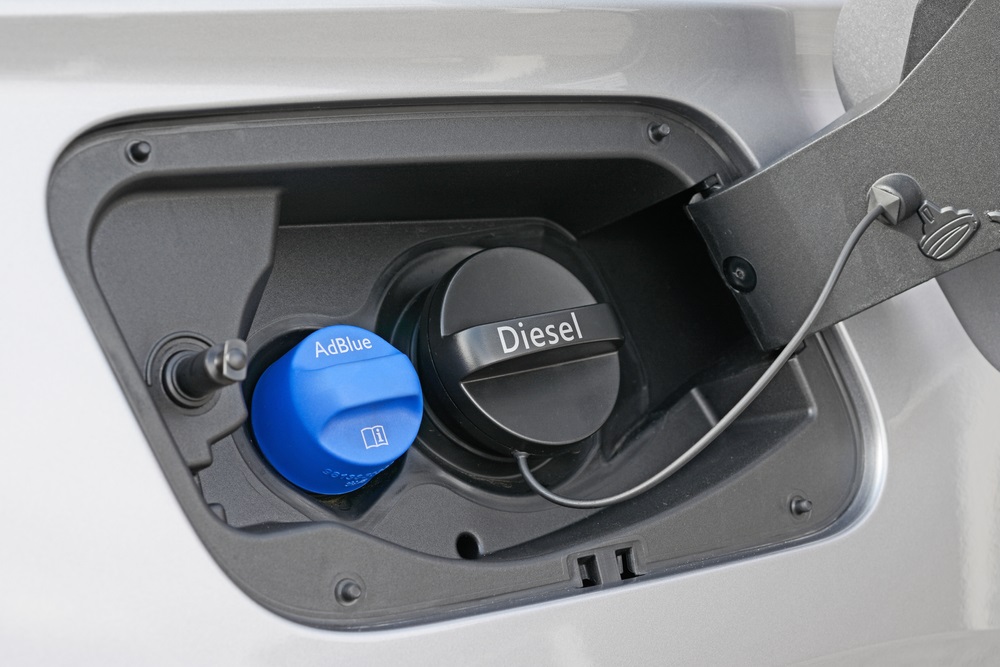
On average, a diesel car will consume about 1 liter of AdBlue for every 600-1,000 miles. When topping up, it’s a good idea to add about 10 liters, ensuring that your vehicle remains operational for a significant period without needing another top-up.
Signs That Your AdBlue Tank is Full
When refilling AdBlue, it’s important not to overfill the tank. Most vehicles are designed to stop accepting AdBlue once the tank is full. You’ll notice that the liquid stops flowing from the container or the nozzle clicks off, similar to fueling diesel.
Tips to Extend the Life of Your AdBlue
While it’s important to regularly top up AdBlue, there are a few tips that can help you extend its use:
- Drive smoothly: Harsh driving, like accelerating and braking suddenly, can cause higher AdBlue consumption.
- Limit idling: Excessive idling consumes more AdBlue as the SCR system works continuously.
- Monitor your mileage: Keep an eye on your vehicle’s AdBlue usage and refill when necessary to avoid system issues.
Storing AdBlue Safely
AdBlue has a limited shelf life, typically around 12 months when stored properly. It’s best to store it in a cool, dry place, away from direct sunlight. Extreme temperatures can degrade its quality, so avoid keeping it in places where it might freeze or overheat.
How to Tell if Your AdBlue Has Expired
Expired AdBlue may develop a cloudy appearance or produce an unusual smell. Using expired AdBlue in your vehicle can damage the SCR system, so always check the expiration date on the container before topping up.
FAQs
How often should I top up AdBlue in my diesel car?
The frequency of AdBlue top-ups depends on your driving habits and vehicle model. Generally, you’ll need to refill every 3,000 to 10,000 miles.
Can I top up AdBlue myself, or do I need a mechanic?
You can easily top up AdBlue yourself following the steps provided in this guide. There’s no need for a mechanic unless you encounter issues.
What happens if I run out of AdBlue while driving?
If you run out of AdBlue, your vehicle’s engine performance will likely be restricted, and in some cases, it may not restart until the AdBlue is refilled.
Is AdBlue toxic to handle?
AdBlue is non-toxic and safe to handle, but it can damage your vehicle’s paintwork, so avoid spills.
Does every diesel car use AdBlue?
Not all diesel cars use AdBlue, but it is common in vehicles equipped with SCR technology to meet emissions regulations.
How do I know if I have put enough AdBlue into my tank?
Most cars will automatically recognize when the AdBlue tank is full, and the dashboard warning light will turn off once you’ve added enough.
Conclusion
Maintaining proper AdBlue levels in your diesel car is essential for reducing emissions, protecting your engine, and complying with environmental regulations. By following the simple steps outlined in this guide, you can confidently top up AdBlue and keep your vehicle running efficiently.
For reliable and high-quality AdBlue, turn to Azure Chemical, a trusted provider in the industry. Azure Chemical ensures that the AdBlue you use in your vehicle is pure, meets industry standards, and helps you achieve maximum performance while reducing your carbon footprint. Don’t risk damaging your SCR system with inferior solutions— Schedule your Adblue delivery today.




